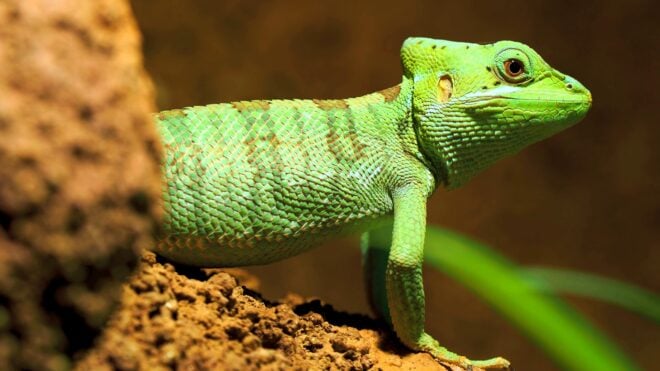Like many little girls, I always wanted to be a mermaid. Sadly, I can't breathe underwater without the help of diving gear, which is definitely not an everyday luxury.
When all else fails, it's fun to spend a day at the aquarium. Of course, I love every exhibit, but there is definitely a reason why they usually save sharks for last.
As someone who thinks of sharks as wild, majestic creatures, part of me is sad to see such magnificent animals confined. However, the sharks that aquariums keep in captivity are usually species that are well-suited to that sort of lifestyle.
In other words, you're not seeing great whites or tiger sharks behind the glass of an aquarium.
Of course, many aquariums and marine parks have made an effort to release their larger animals — thanks in large part to documentaries like Blackfish, which exposed the abuses that can be involved in such ventures.
[H/T: Shark Bookings]
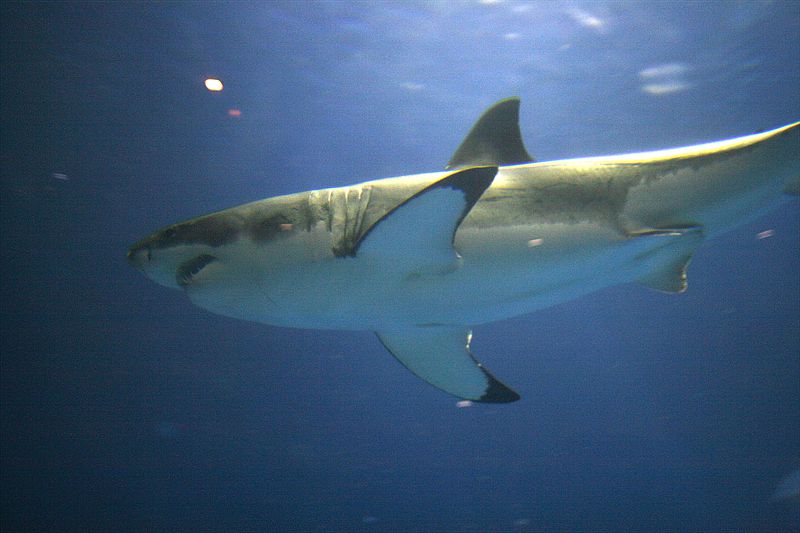
Surprisingly, great whites are not among the many animals who have been released back into the wild, but it's not because they are still being kept in aquariums.
Rather, it's because any attempt to confine a great white has ended very badly for the shark.
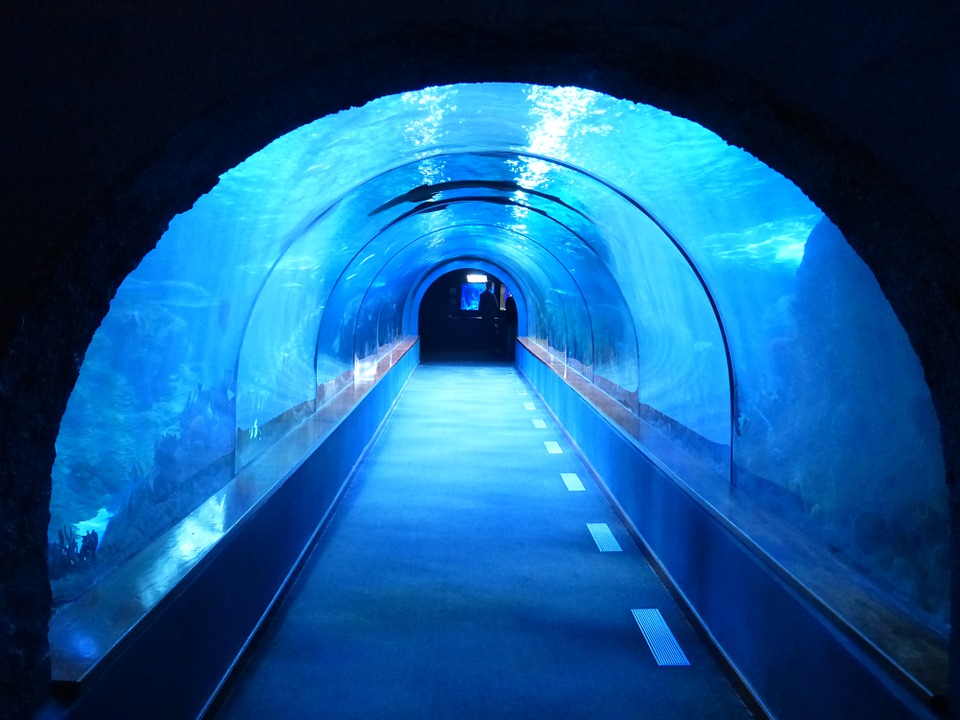
According to IFL Science, the first great white ever brought into an aquarium in the 1950s died in less than a day.
Seaworld's many attempts to do the same ended with the same tragic fate throughout the '70s, '80s, and '90s.
A more recent attempt in Japan also ended in the death of a shark after just three days.
There is one exception to the rule. The longest example of great whites being kept alive for longer than 16 days took place at Monterey Bay Aquarium in California. The sharks were juveniles, and have since been released back where they belong.
With lifespans as long as humans, there is no natural reason why a healthy shark should die within days at an aquarium. In fact, the reasons seem to be psychological.
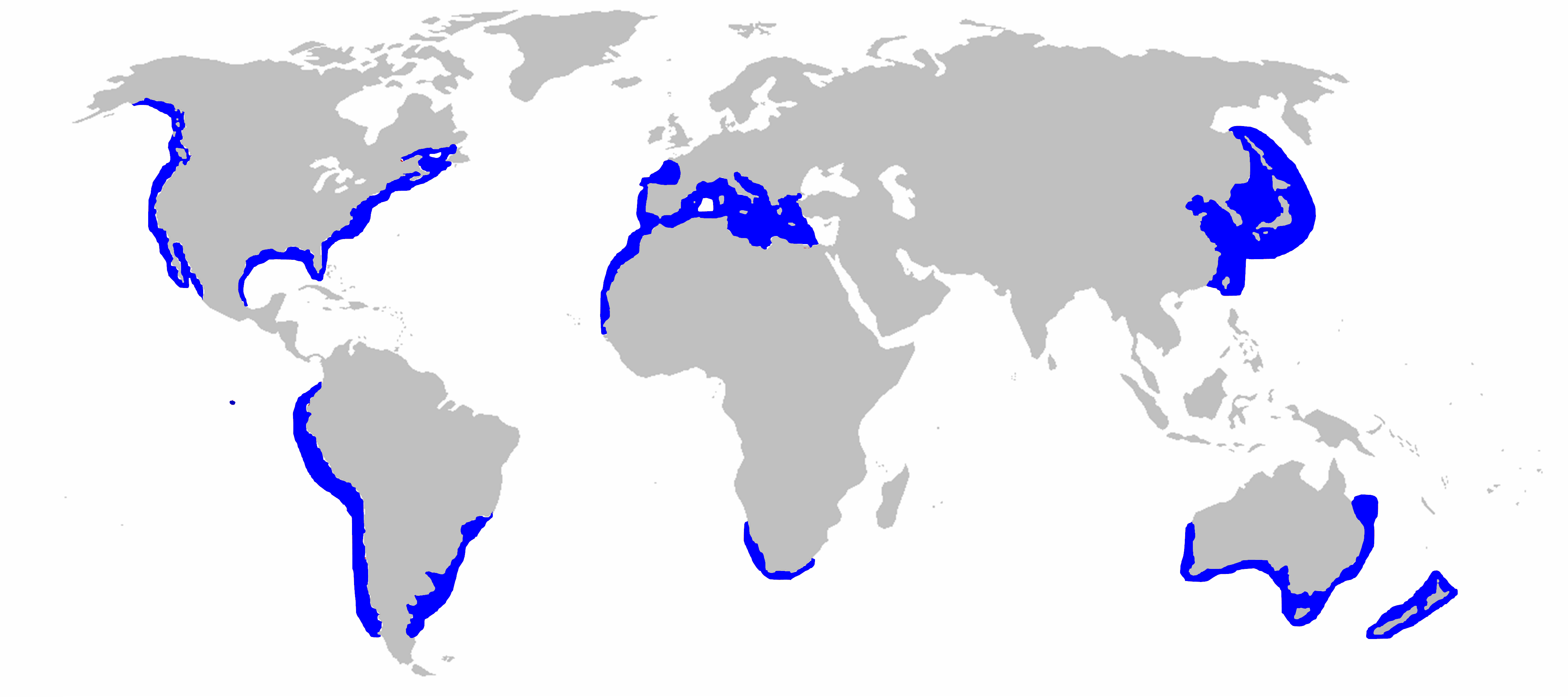
South Africa-based diving company, Shark Bookings provides a number of reasons why great whites cannot be successfully kept in captivity.
The first reason? Great whites are open-water fish who depend on being able to patrol the entire ocean to find food and stay alive.
These areas, labeled as places where the sharks are found, does not mean that this is where they stay. Great whites have been recorded as swimming hundreds of miles per day, and no aquarium can accommodate that.
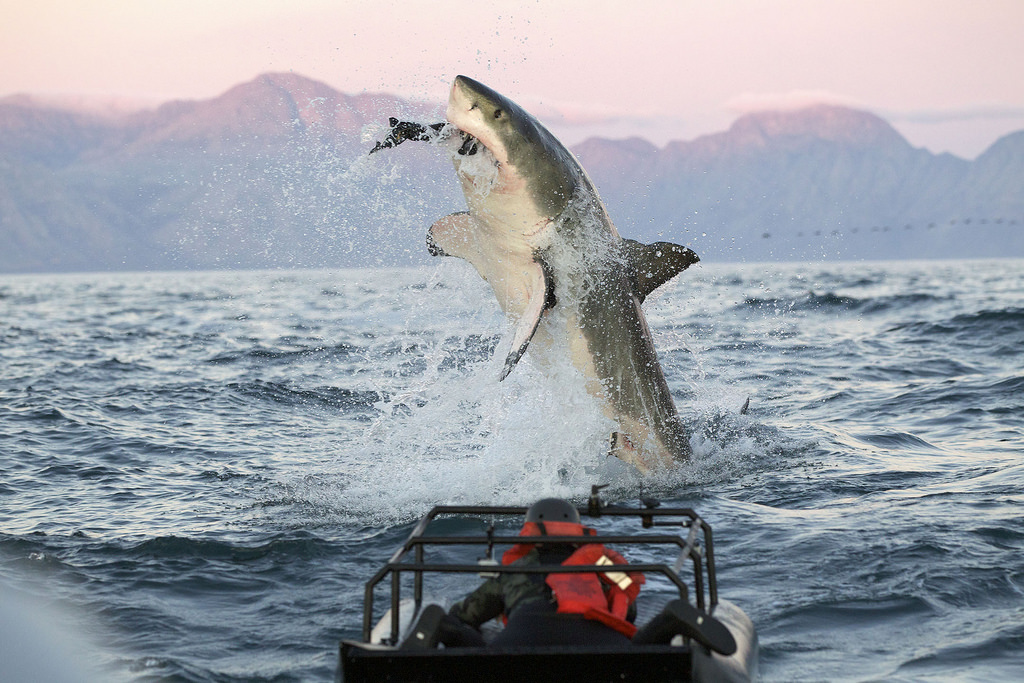
There is also a lot of truth to the expression, "sharks have to keep moving" to stay alive.
It's not true of every shark species, but great whites are "obligate ram ventillators,"which means they find it easiest to breathe if there's a constant flow of water over their gills.
Small tanks prevent their movement and corresponding respiratory functions from operating properly.
Sharks in aquariums have been recorded as refusing to eat. This is because great whites exclusively eat live prey.
Great whites only eat scraps when they are desperate, and their depressed state in captivity causes them to lose their appetites — and seemingly their will to stay alive.
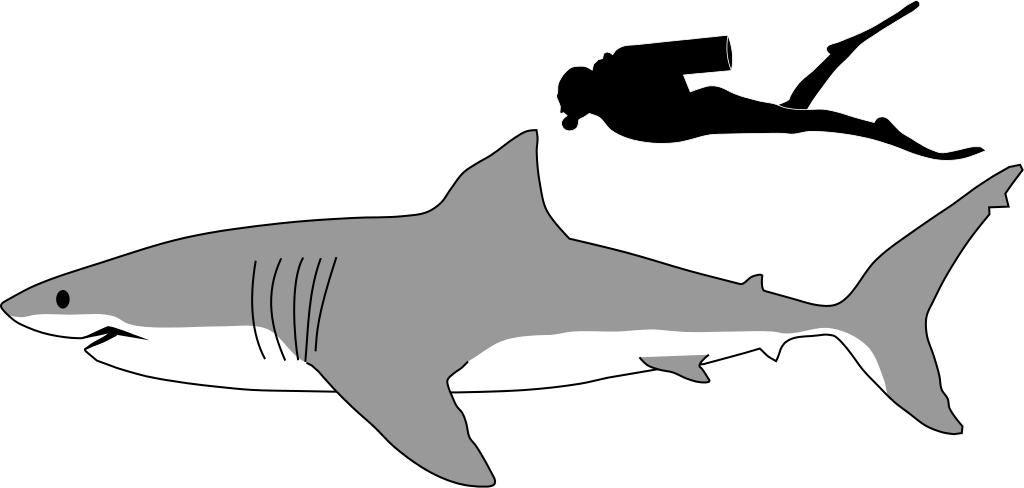
Sharks have been said to head-butt their noses against the glass, refuse to eat, and be unresponsive. See the heartbreaking behavior of the depressed shark in Japan for yourself here.
Feeding sharks live prey is very expensive and presents an ethical dilemma to an aquarium.
Another problem that prevents great whites from thriving in captivity is getting them there in the first place.
Great whites are notoriously aggressive and can weigh up to 2.5 tons or more, according to National Geographic.
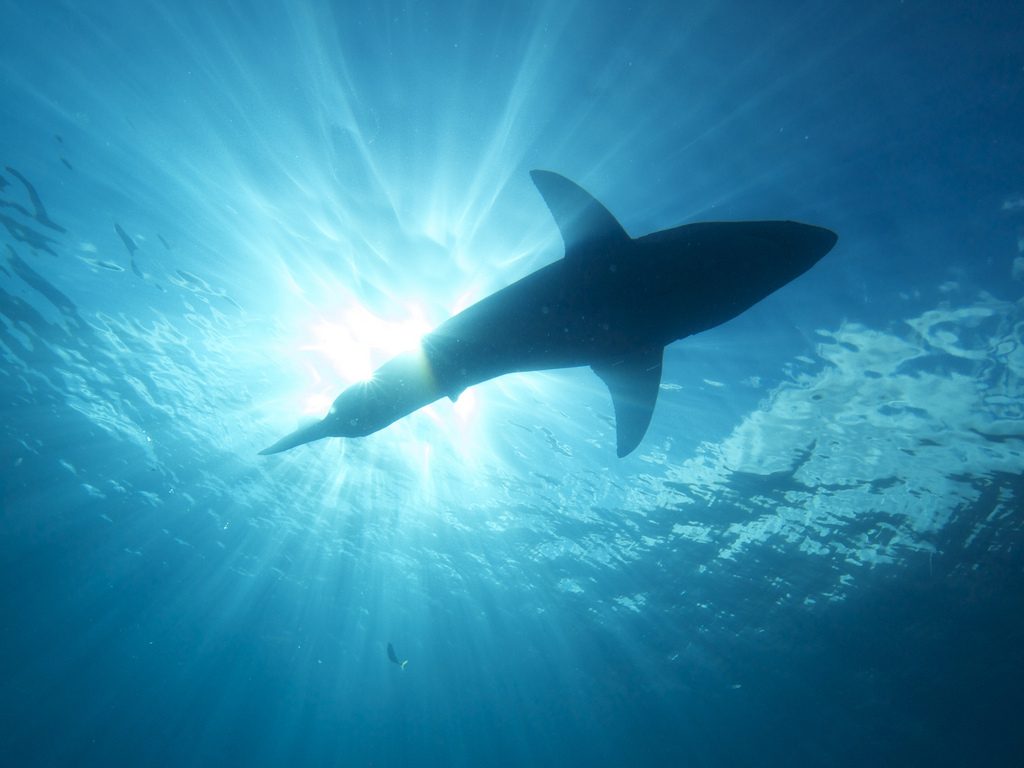
Moreover, it's hard to find anyone willing to get in the tanks with these massive sharks. It doesn't help that a side effect of their depression is heightened aggression.
Being apex predators, the great whites will eat anything that they share a tank with. This is an obvious problem in an aquarium.
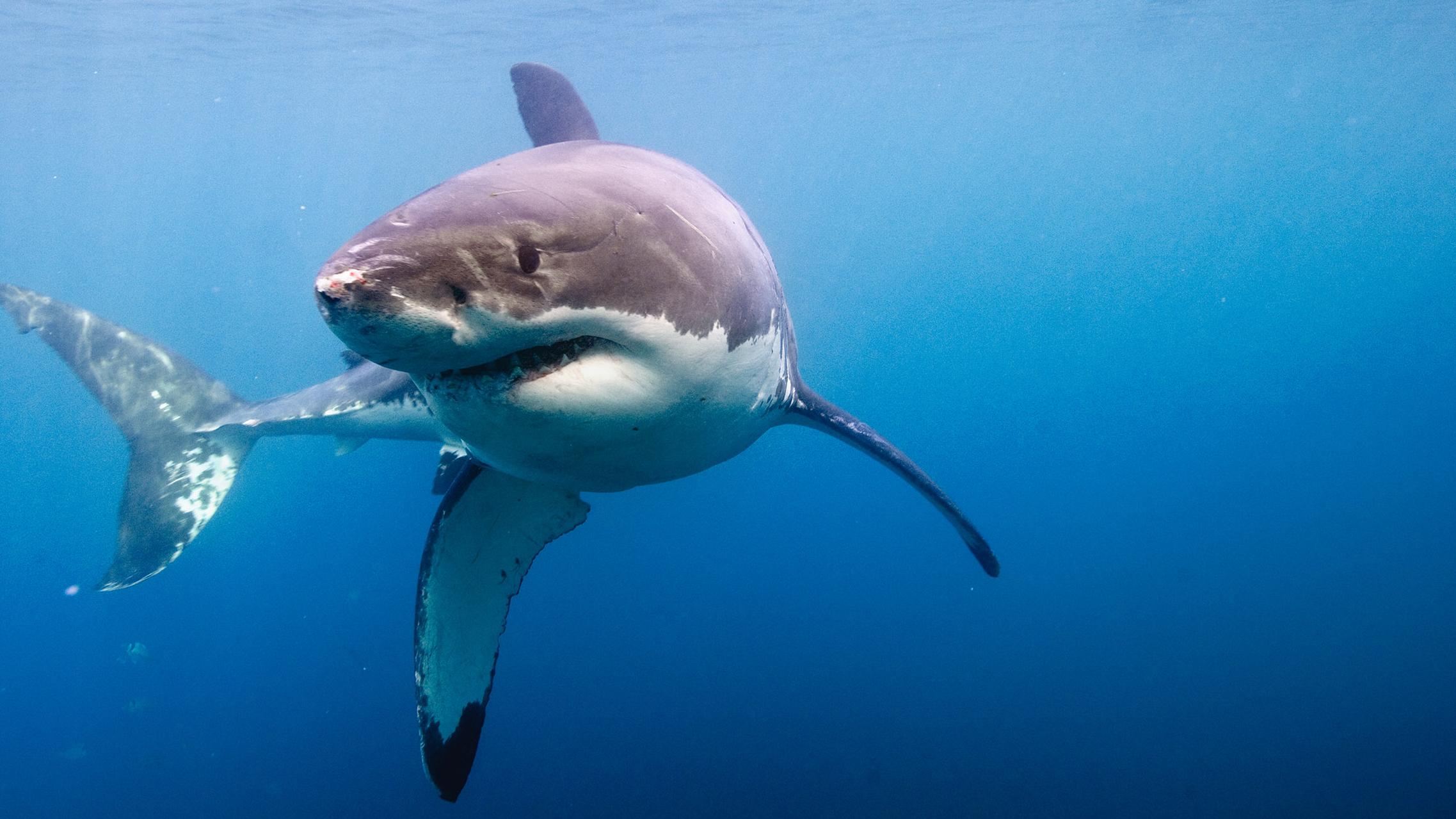
The last theory as to why great whites cannot survive in captivity has to do with water salinity.
It is extremely difficult to mimic the water composition of the open ocean, and aquariums' failure to do so has been cited as another source of the sharks' depressed states.
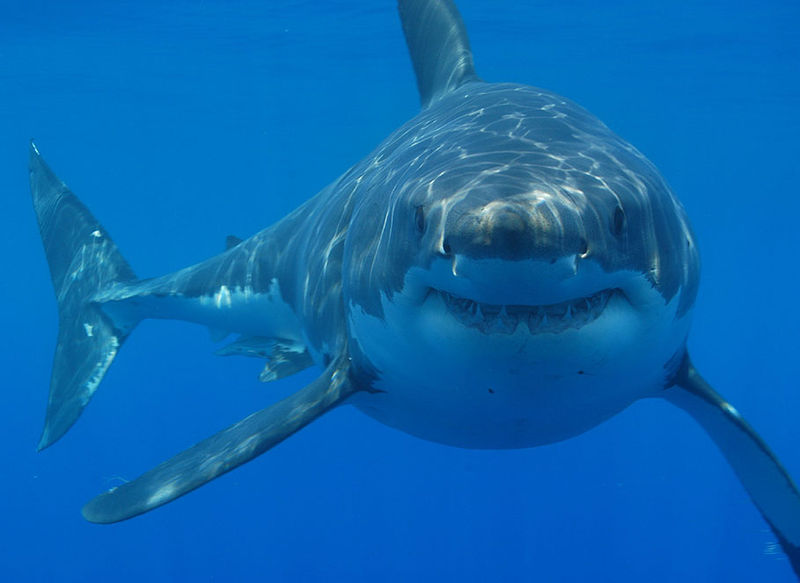
In summary, everything about keeping great whites in captivity is a bad idea. It's deadly for the sharks, expensive for the aquariums, and detrimental to the entire ocean.
Great whites are essential for keeping the ecological balance in the oceans and losing even one can threaten an entire ecosystem.
Their status as a vulnerable species is testament to fact that their numbers are declining outside of captivity.
To combat this, human attitude and fishing practices must be altered to protect — as well as respect — this majestic and necessary creature.
Please SHARE these fun facts with your friends on Facebook!



